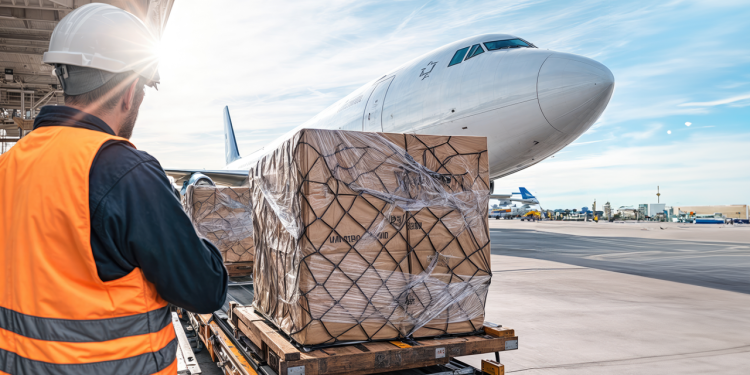The global airfreight forwarding industry experienced a challenging year in 2024, with the top 25 companies reporting a 9.8% decline in volumes, amounting to a total of 15.3 million tonnes. Amid economic uncertainties and shifting market dynamics, leading logistics providers adapted to maintain their market positions.
Leaders in Airfreight Forwarding
- Kuehne+Nagel (K+N)
- Retained its position as the top airfreight forwarder, handling 2.2 million tonnes, despite a 7% drop in volumes.
- DHL Global Forwarding
- Maintained second place with 2 million tonnes, reflecting a 9% decrease year-on-year.
- DB Schenker
- Ranked third with 1.5 million tonnes, experiencing an 8.7% decline.
These companies remained resilient by leveraging their extensive networks and innovative solutions to navigate a complex market environment.
Key Market Trends and Challenges
- Economic Uncertainty:
- Slower global economic growth impacted demand for air cargo, particularly in sectors like consumer goods and manufacturing.
- Supply Chain Disruptions:
- Port congestion, labor shortages, and geopolitical tensions created bottlenecks, increasing costs and delaying shipments.
- Modal Shift:
- Rising costs pushed shippers toward alternative transportation modes, such as ocean freight, for non-urgent shipments.
Forwarders’ Strategic Responses
- Diversification:
- Many forwarders expanded their service offerings to include end-to-end logistics solutions, integrating ocean and rail freight with air cargo.
- Digitalization:
- Investment in digital platforms improved visibility, operational efficiency, and customer service, helping forwarders maintain competitive advantages.
- Sustainability Initiatives:
- Increasingly, forwarders are adopting eco-friendly practices, including sustainable fuel options and carbon-offset programs, to meet regulatory and client demands.
Looking Ahead
Despite the challenges of 2023, the airfreight industry remains optimistic about recovery:
- E-commerce growth, advancements in supply chain technology, and improving global trade conditions are expected to drive demand.
- Forwarders are focusing on resilience, innovation, and sustainability to adapt to the evolving market landscape.
Conclusion
The year 2023 was a test of resilience for the top airfreight forwarders. Through strategic adaptations and investments in innovation, these companies have laid the groundwork for future growth in a competitive and dynamic market.
Stay updated with The Logistic News for insights on the airfreight industry and global logistics developments.
#AirfreightForwarders #LogisticsChallenges #SupplyChainInnovation #TheLogisticNews























